Explore the timeless elegance of 1940s fashion dresses in this comprehensive guide. From wartime utility styles to glamorous Hollywood evening gowns, 1940s fashion dresses captured a unique blend of strength and femininity.
Discover how 1940s fashion dresses influenced modern trends and why they remain iconic today. Whether you’re a vintage enthusiast or simply love retro style, learn where to find authentic 1940s fashion dresses and how to style them for today’s wardrobe. Step back in time and embrace the beauty of 1940s fashion dresses.
Introduction: Why 1940s Fashion Dresses Are Making a Comeback
The 1940s were a decade of resilience, innovation, and quiet glamour. Fashion during this era mirrored the world’s transformation—defined by World War II, post-war celebration, and a shift in women’s roles. Today, 1940s fashion dresses remain a symbol of classic elegance and functional style, making them a favorite among vintage lovers and modern trendsetters alike.
What Defined 1940s Fashion Dresses

The early 1940s were shaped by wartime fabric rationing, leading to minimalism in design. However, despite limitations, women’s dresses from this era reflected sophistication, femininity, and strength.
Key Characteristics of 1940s Dresses:
- Structured Silhouettes: Narrow waists, padded shoulders, and A-line skirts created an hourglass shape.
- Modest Hemlines: Typically knee-length or just below, to conserve fabric and maintain modesty.
- Simple, Utility-Driven Designs: Functional yet flattering, often with buttons, belts, and pockets.
- Muted Colors and Prints: Due to war rationing, colors were more subdued (navy, olive, grey), though floral and polka dot prints were still popular.
- Day vs. Evening Wear: Day dresses were tailored and practical; evening dresses featured slightly more embellishments like lace, satin, or beading.
Popular Styles of 1940s Fashion Dresses
Shirtwaist Dress
A wardrobe staple, this dress featured a button-up bodice, collared neckline, and a defined waist. Practical and polished, perfect for both home and work.
Tea Dress
Flowy and feminine, tea dresses were worn for afternoon socializing. They often featured delicate prints, puffed sleeves, and sweetheart necklines.
Victory Suit Dresses
Worn by women entering the workforce, these structured dresses resembled military uniforms with tailored shoulders, straight skirts, and smart details.
Utility Dresses
Produced under government regulation (UK’s Utility Scheme), these dresses had limited trims and simpler construction, emphasizing durability and frugality.
Hollywood Glamour Gowns
Despite wartime, Hollywood stars influenced evening fashion with satin, bias cuts, and dramatic necklines. Think Veronica Lake and Rita Hayworth.
Fabrics and Materials Used in 1940s Dresses
Wartime rationing affected available materials, but creativity flourished. Common fabrics included:
- Rayon: A silk substitute, lightweight and widely used
- Wool: Used for utility wear and winter dresses
- Cotton: Common in everyday house dresses
- Crepe and Taffeta: For more luxurious or evening garments
Recycling was also popular — many women repurposed curtains, old garments, or even parachutes to make dresses.
Fashion Icons of the 1940s

Katharine Hepburn: Known for her tailored style and strength
Ingrid Bergman: Embodied the European elegance of the time
Rosie the Riveter: A symbol of working women, influencing practical fashion
Queen Elizabeth II (then Princess Elizabeth): Represented royal refinement and wartime modesty
How to Wear 1940s Dresses Today
Vintage 1940s style is both nostalgic and modern when styled right:
- Pair with modern accessories: Add a leather belt or modern heels
- Go all-out vintage: Match with seamed stockings, pin curls, and red lipstick
- Mix with denim or a leather jacket for a retro-modern contrast
- Thrift or shop vintage replicas from sustainable fashion brands
Where to Buy 1940s Fashion Dresses
Vintage stores and markets
Online marketplaces: Etsy, eBay, Poshmark
Reproduction brands: Stop Staring, The Seamstress of Bloomsbury, Collectif
Thrift shops: Look for classic cuts and natural fabrics
Why 1940s Fashion Dresses Remain Popular
Timeless Elegance: Feminine shapes and classic lines never go out of style
Cultural Nostalgia: The era represents strength and beauty in adversity
Sustainable Fashion: Buying vintage promotes eco-friendly living
Perfect for Costumes & Events: 1940s-themed parties, WWII reenactments, or retro weddings
FAQs
What did women wear in the 1940s?
Women wore structured dresses with padded shoulders, cinched waists, and practical designs. Styles included shirtwaist dresses, utility dresses, and evening gowns influenced by Hollywood.
What colors were popular for 1940s dresses?
Due to fabric shortages, muted tones like navy, olive, and tan were common. Pastels, florals, and polka dots were also popular, especially post-war.
What is a utility dress from the 1940s?
A utility dress was a government-regulated outfit with minimal trims, designed to be practical, durable, and economical during wartime.
How can I style a 1940s dress today?
Pair with vintage accessories like brooches, hats, and classic pumps, or modernize with boots and a leather jacket for a contemporary twist.
Where can I find authentic 1940s dresses?
Check vintage boutiques, estate sales, online platforms like Etsy or eBay, and reproduction brands that specialize in 1940s styles.
Conclusion
1940s fashion dresses are more than vintage garments—they’re timeless symbols of resilience, grace, and the art of making do beautifully. Whether you’re a vintage enthusiast, a retro fashionista, or just curious about this era, adding a 1940s dress to your wardrobe is a stylish nod to history that still turns heads today.
Also Read
Old Hollywood Outfits: Timeless Fashion
Fashion and Money: The True Cost of Style
Compression Shorts for Women: Benefits, Buying Guide & Best Picks

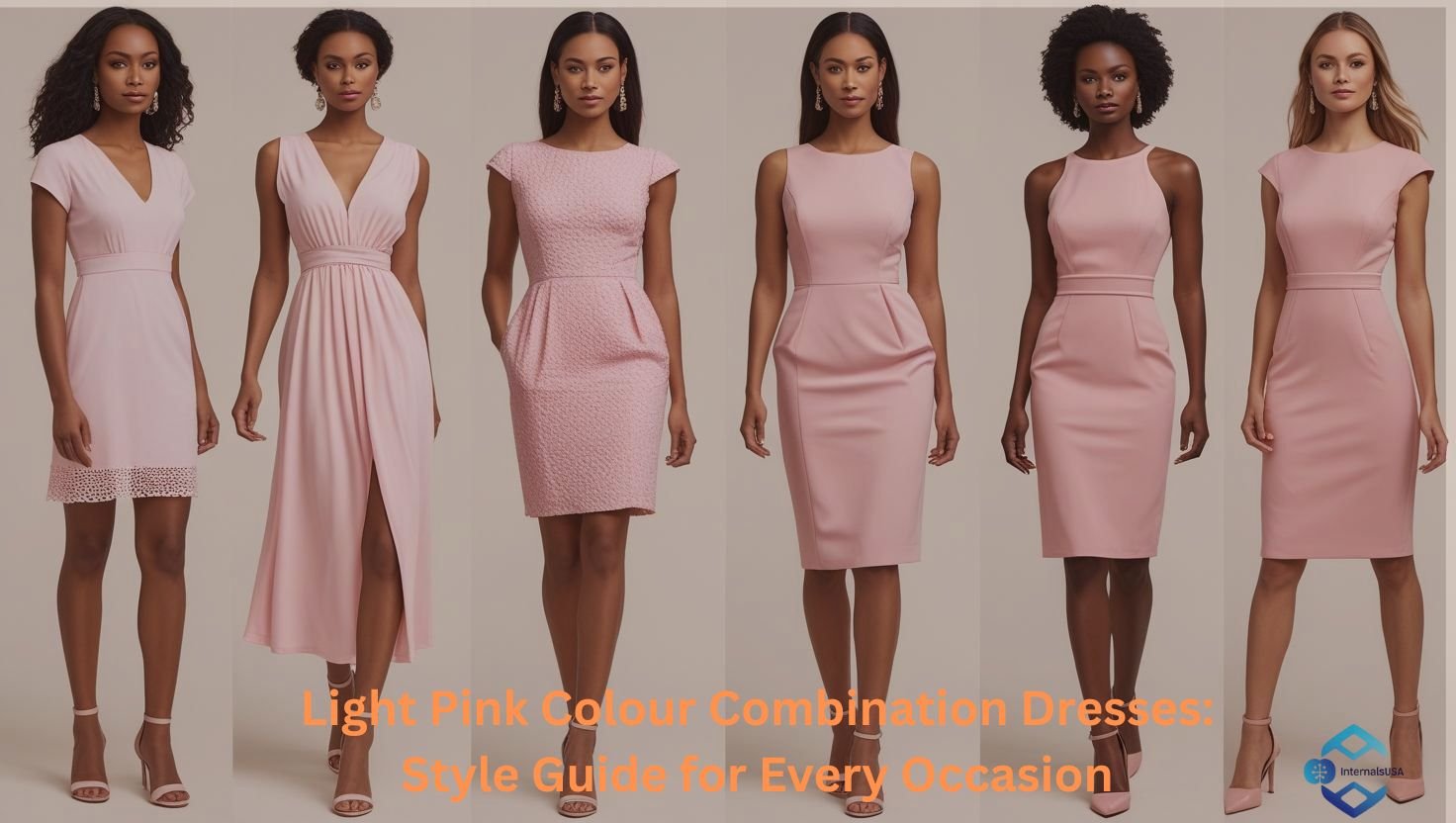

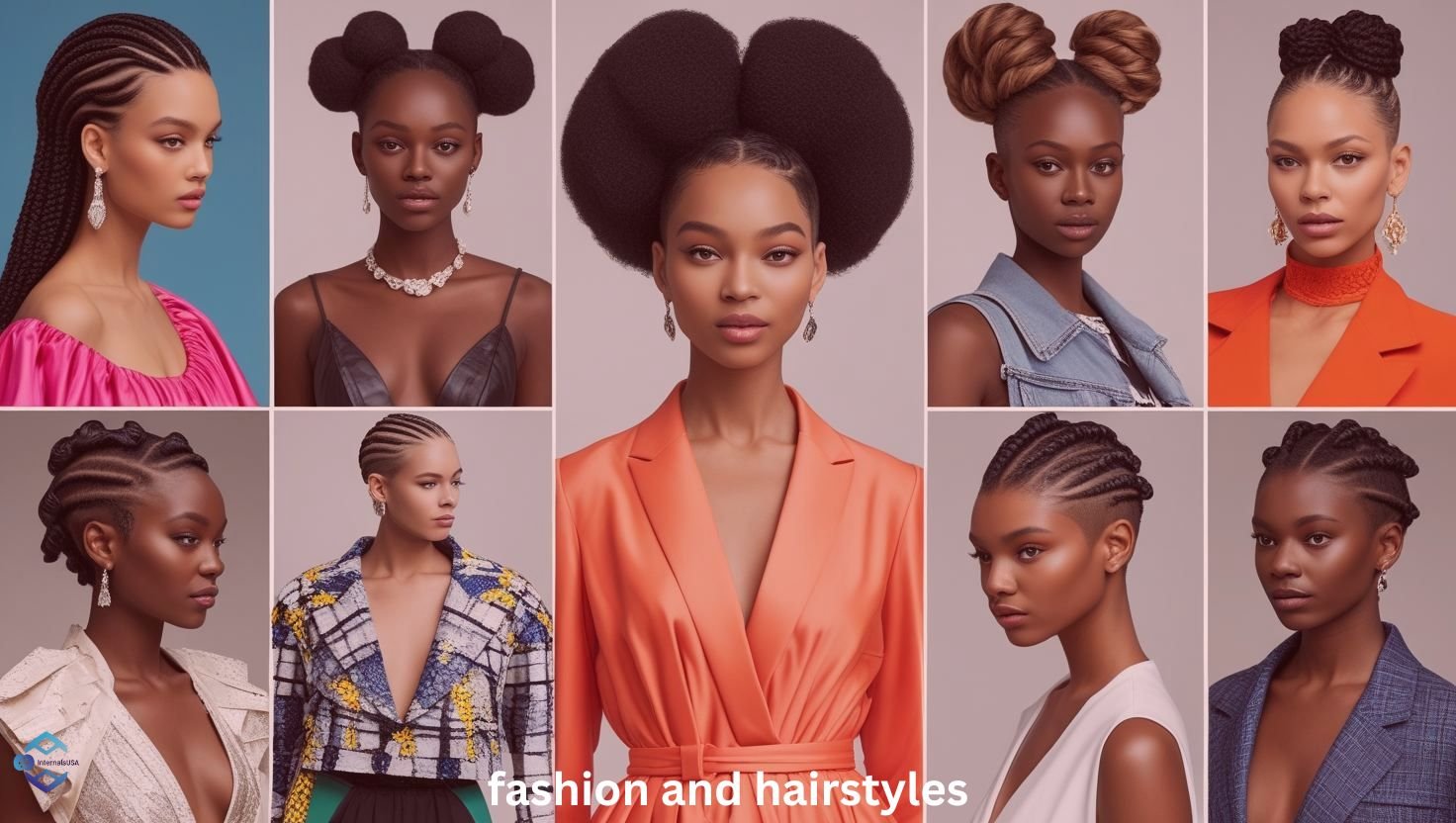


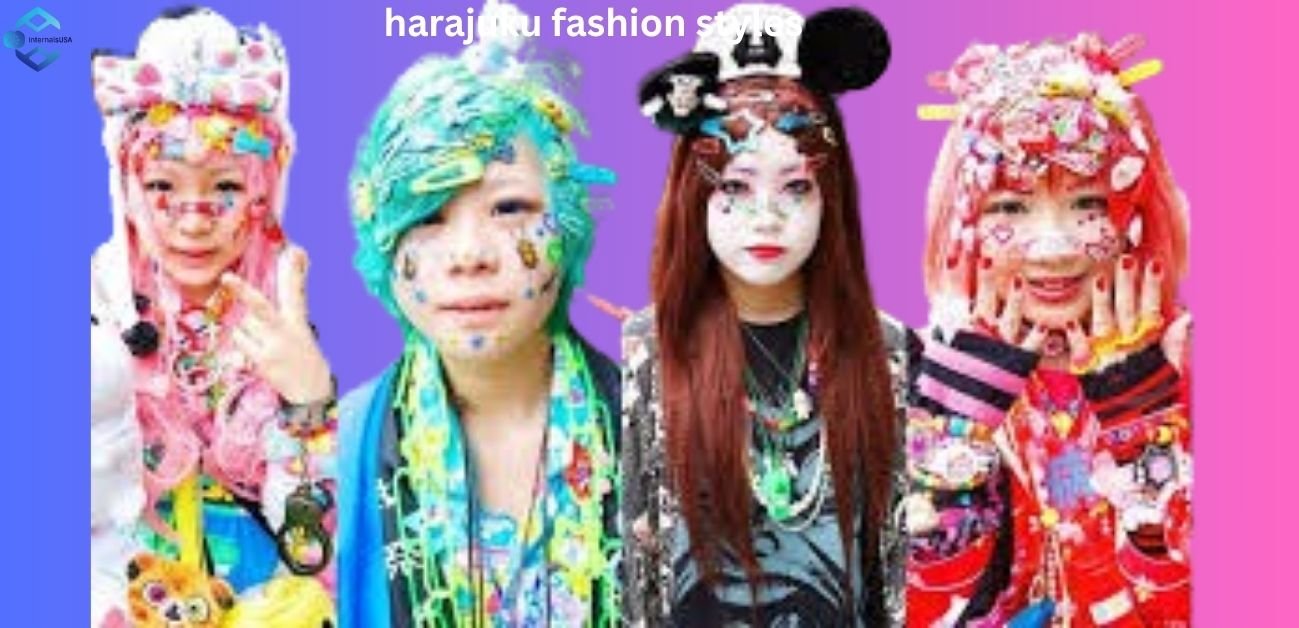
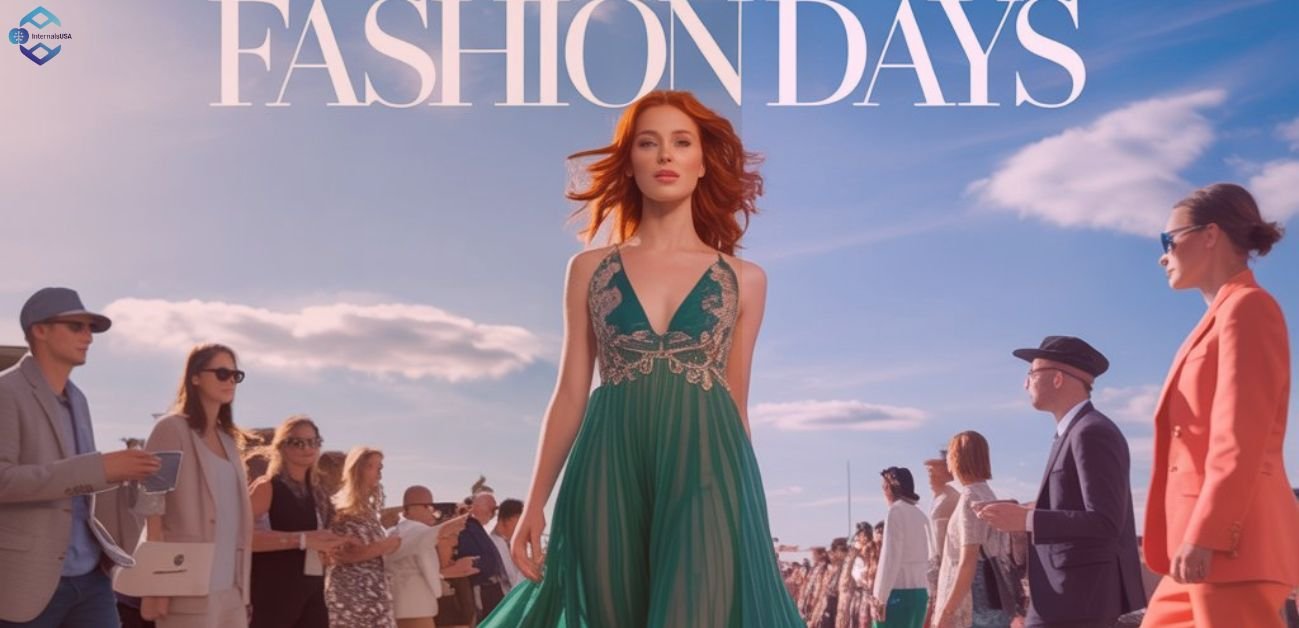

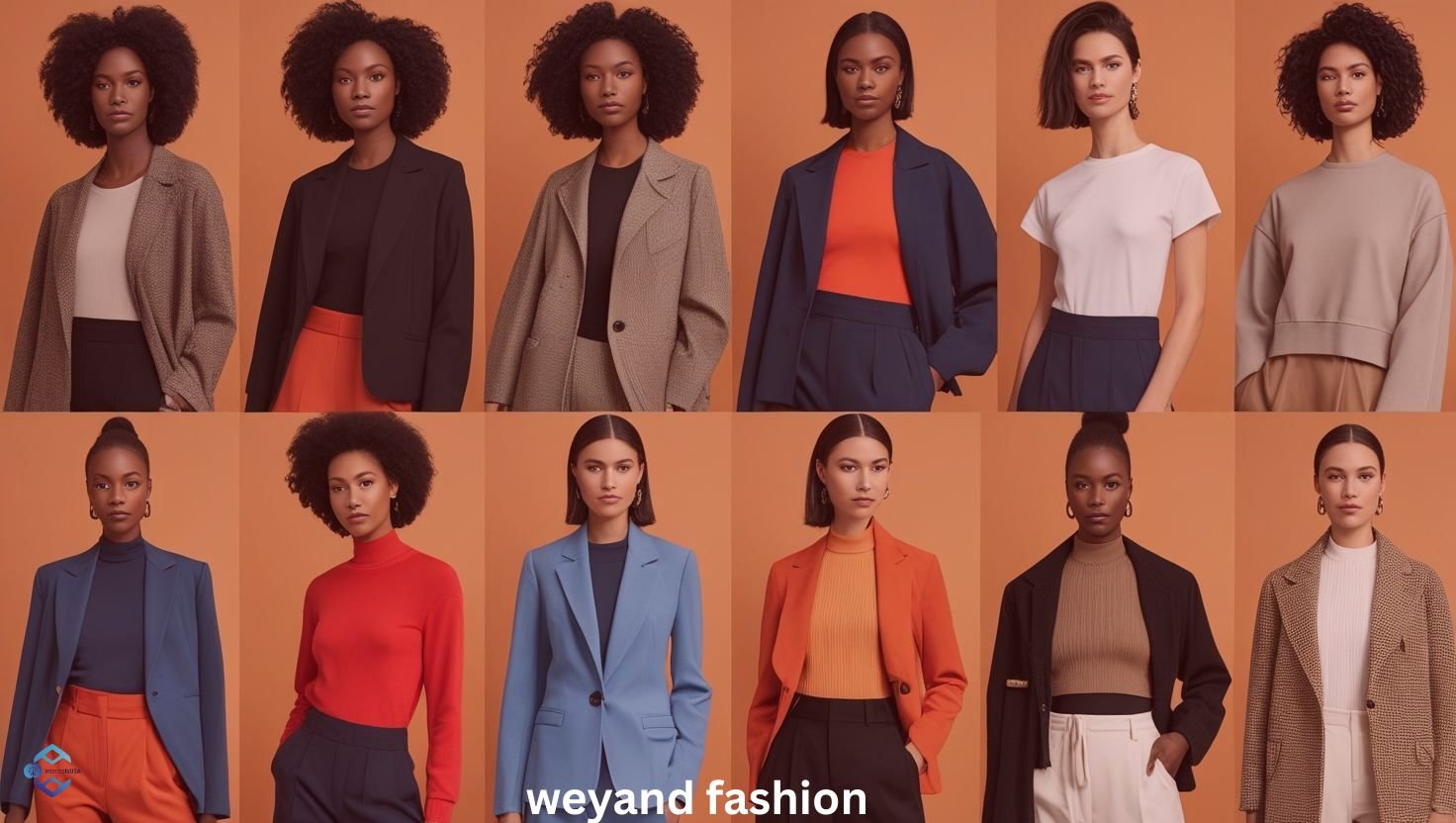
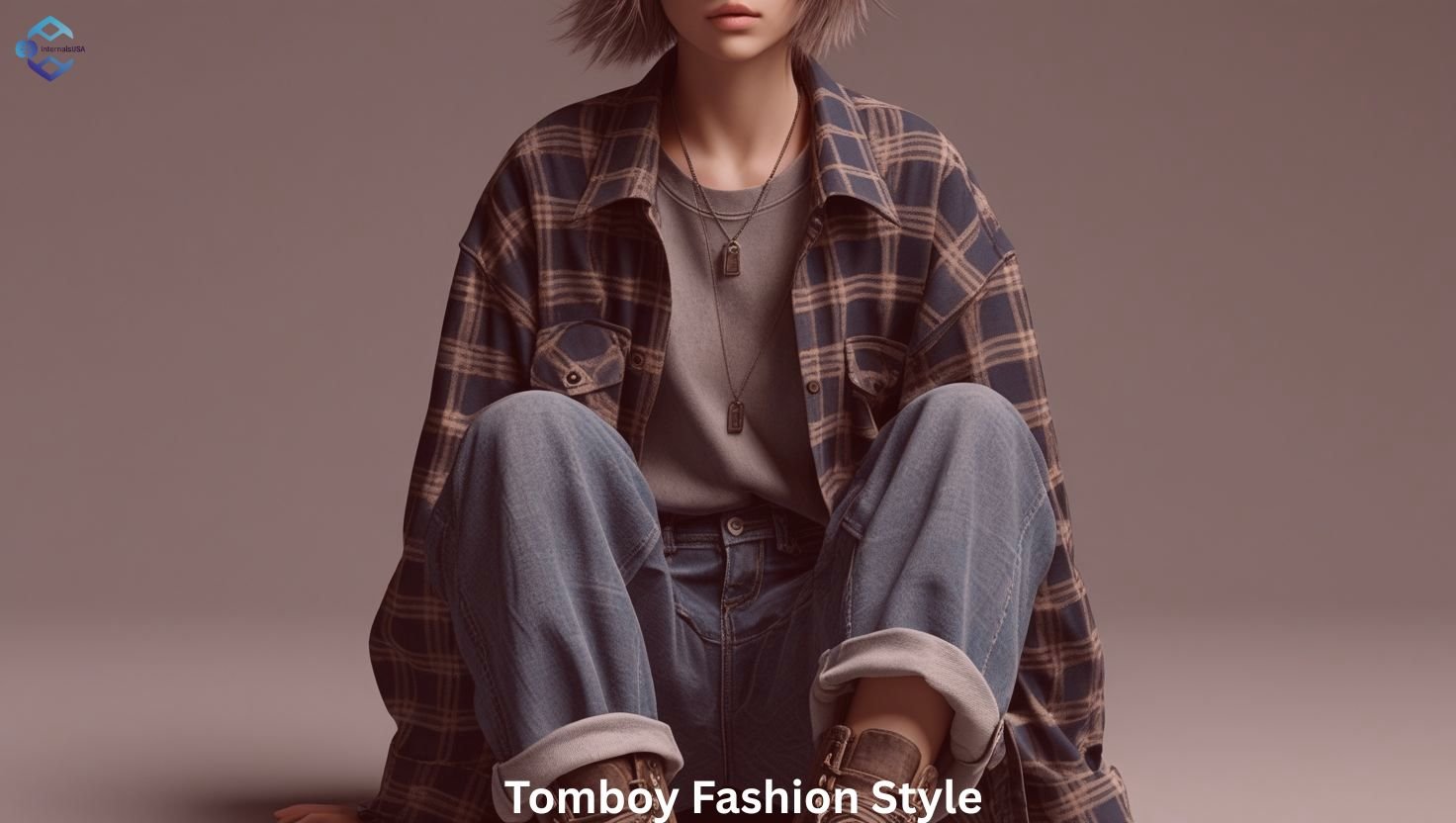
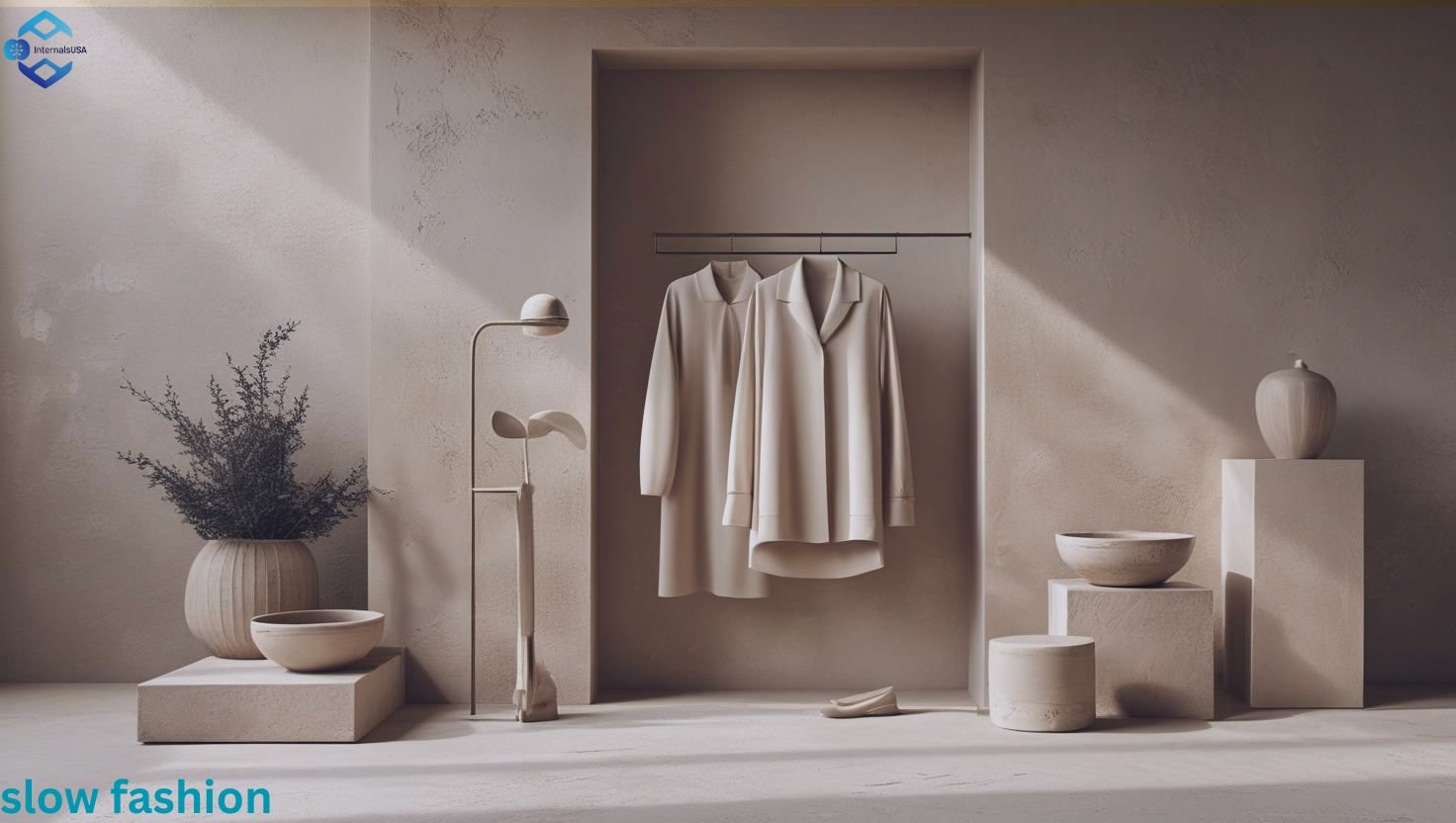




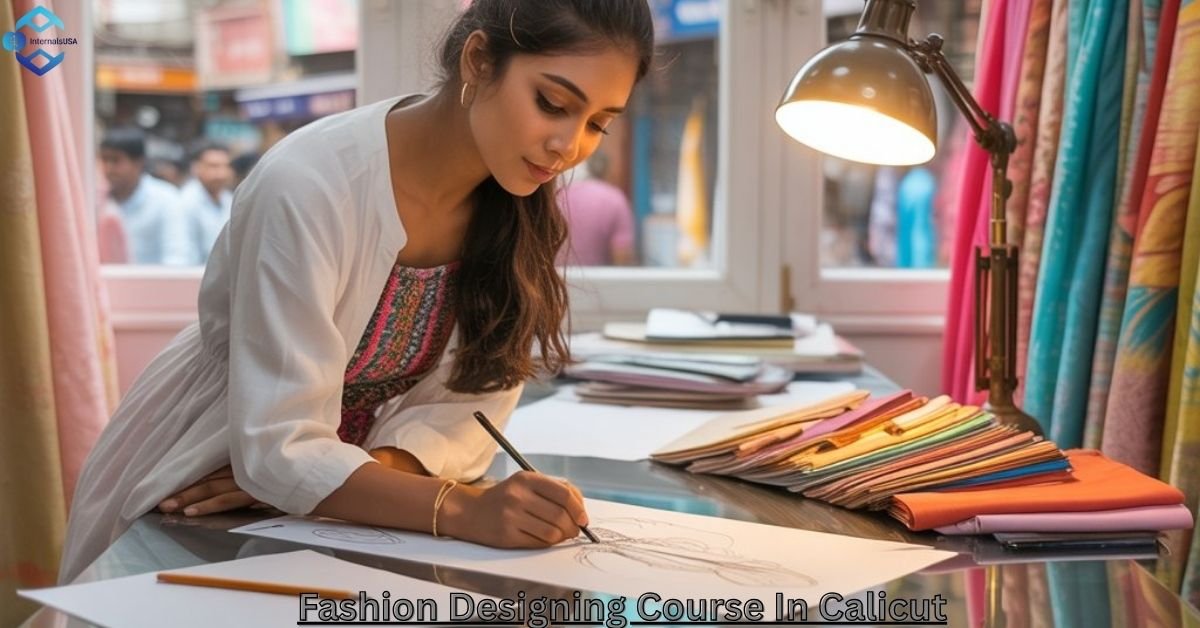

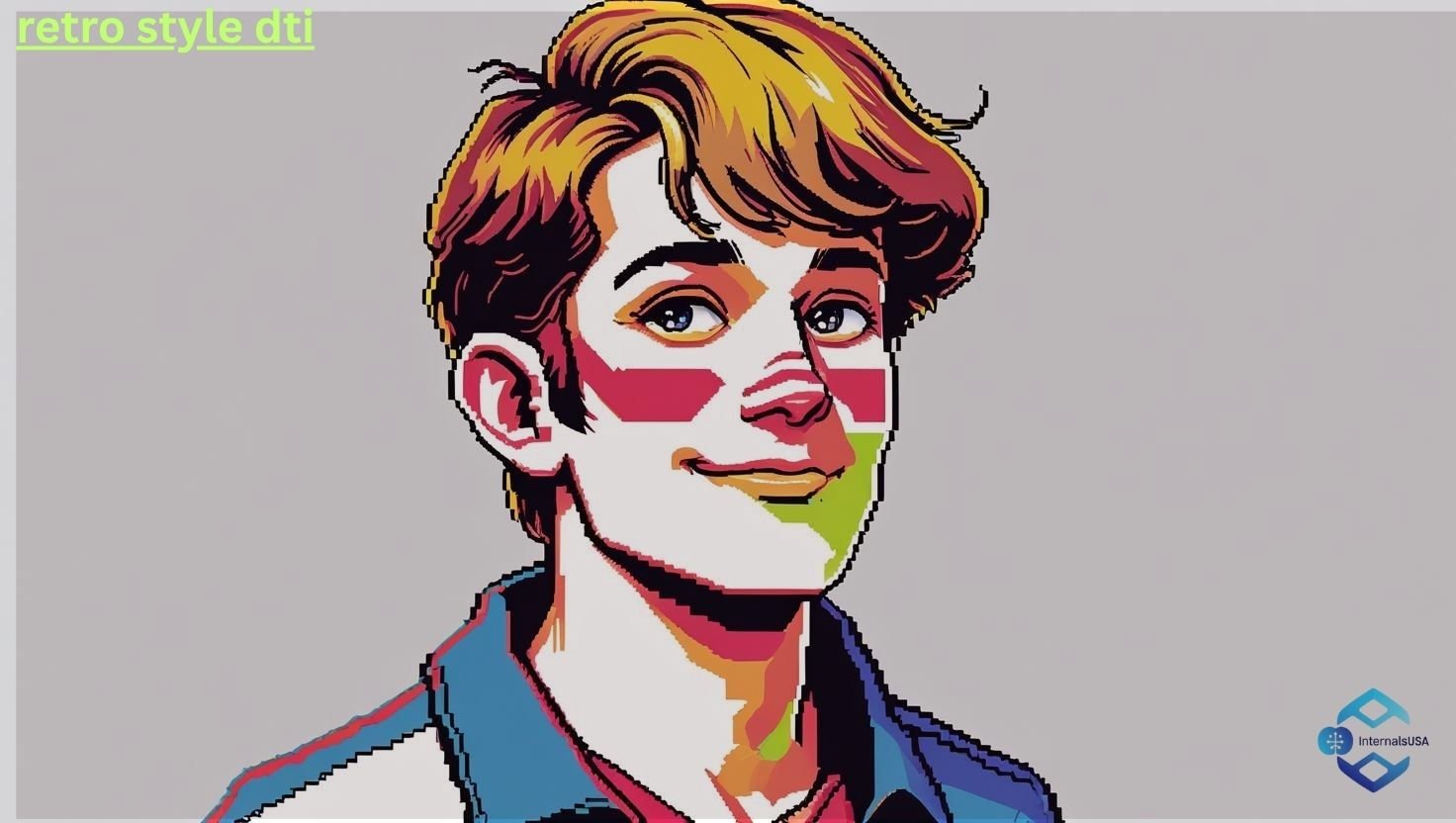



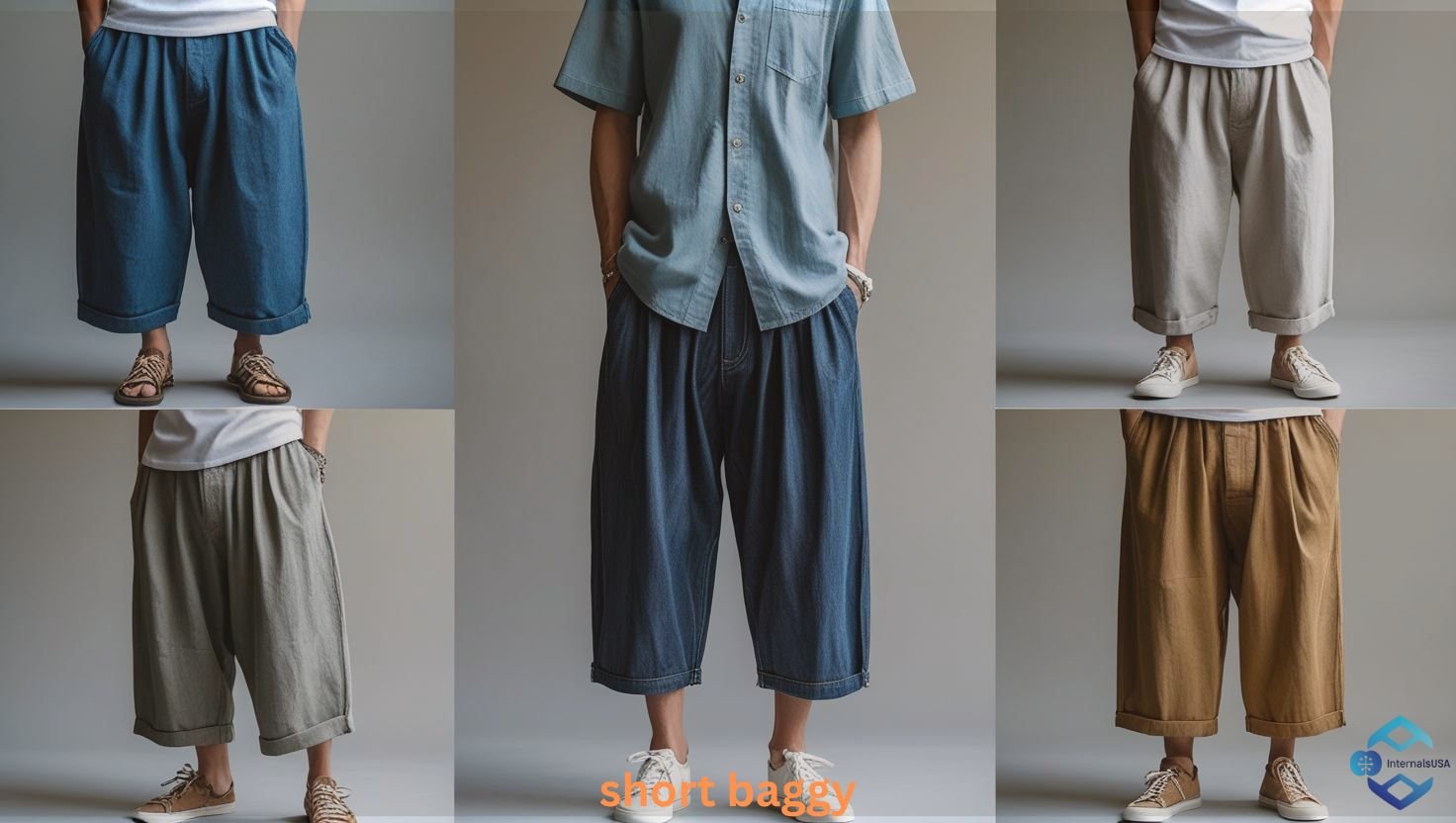


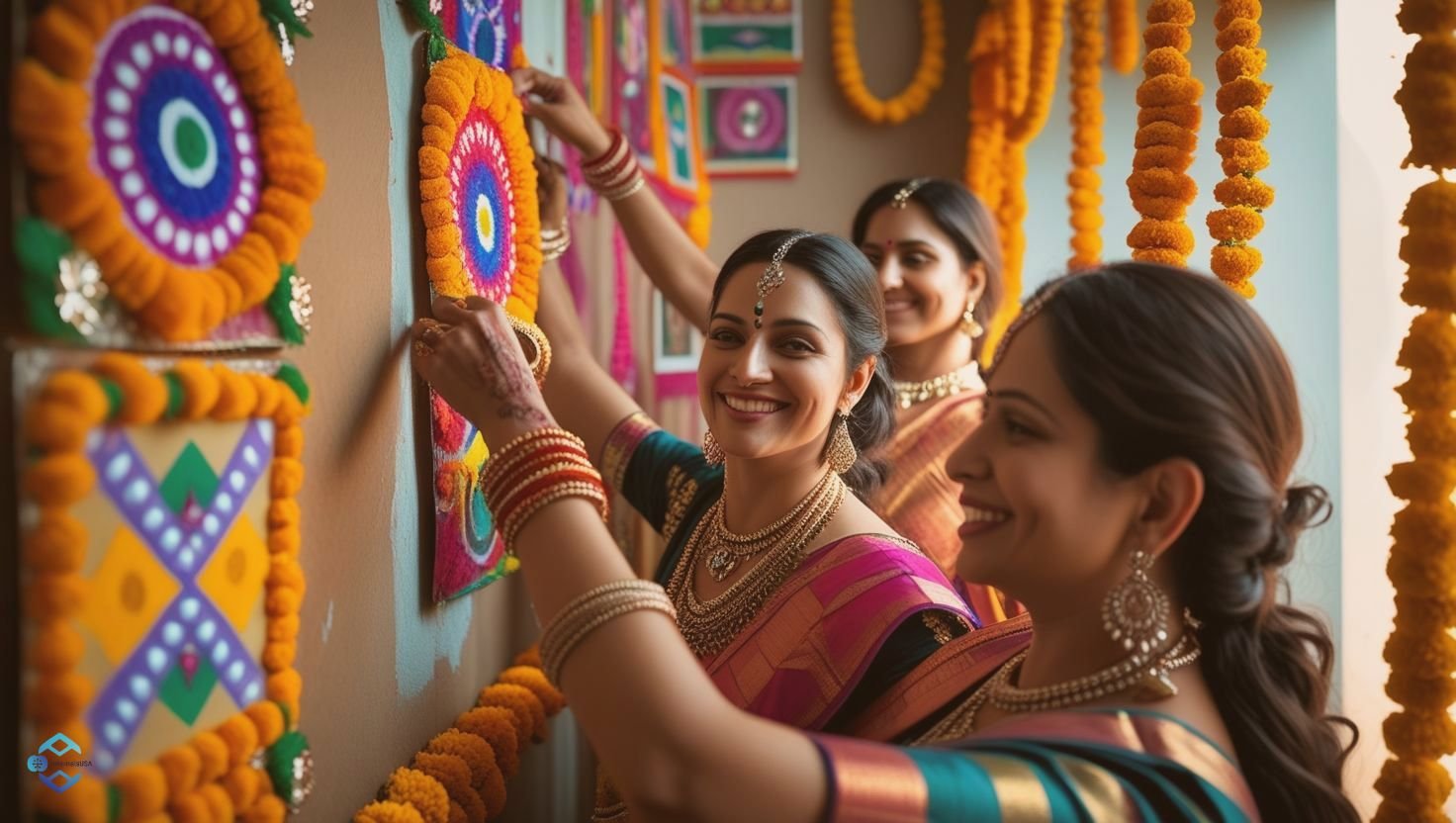












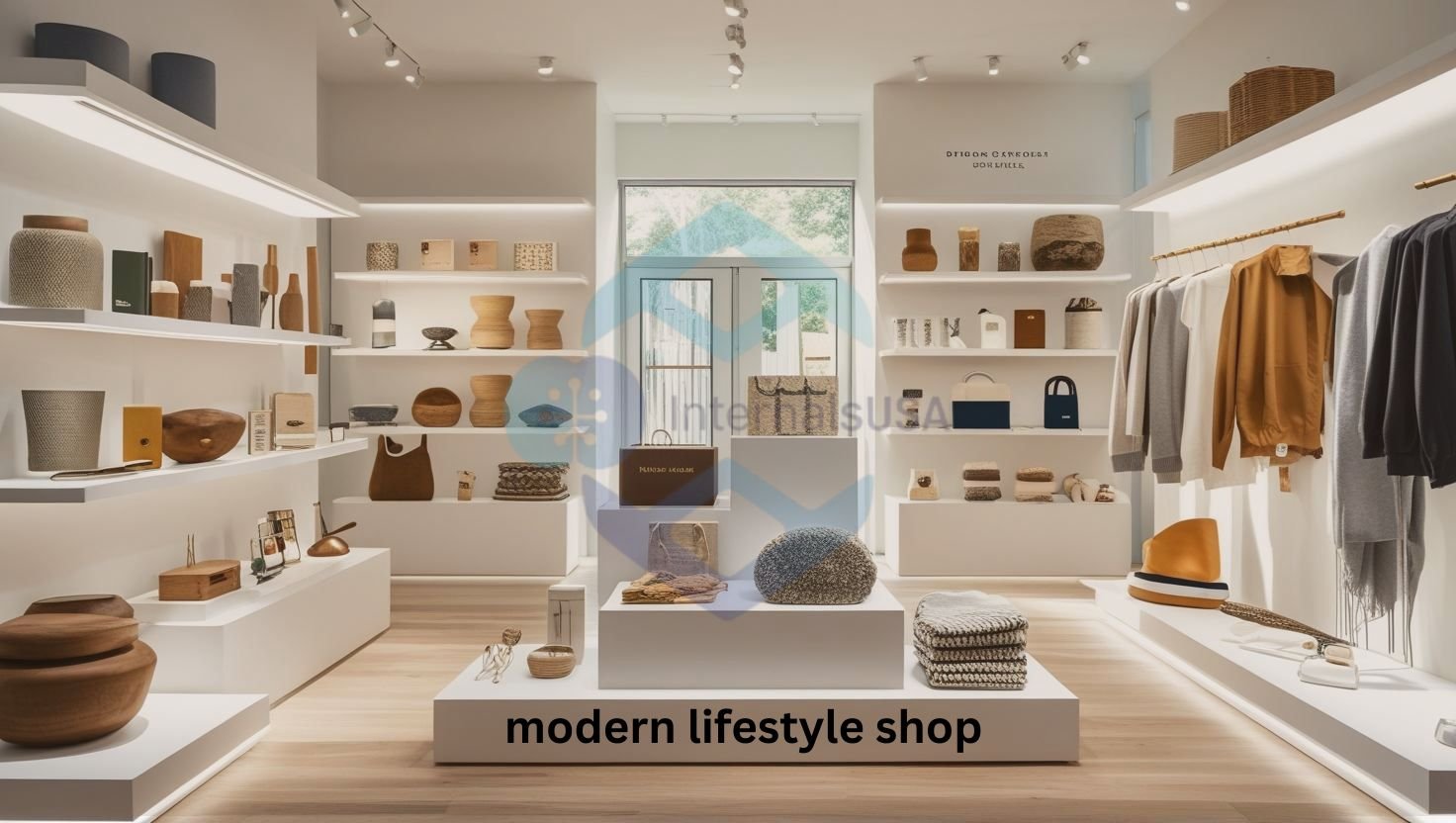
Leave a Reply